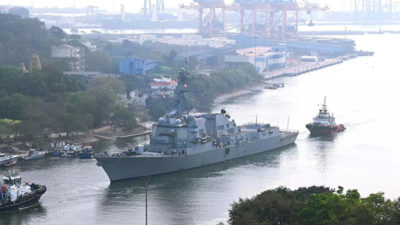




Disclaimer: Copyright infringement not intended.
Balloons have been in frequent use for several decades now, though the first uses go back at least 200 years.
Taiwan has described the balloons as a form of "grey zone" harassment -- a tactic that falls short of an act of war.
Balloon Components |
Balloons have a gondola attached, which carries instruments or humans. In unmanned flights, the gondola is attached to a parachute. |
Balloon Destruction Mechanism |
When the balloon's job is done, a device triggers the gondola to disconnect and rupture the balloon. The parachute allows the gondola to glide down. |
Research Purposes |
Used for meteorology, atmospheric research, astronomy, and military research. Often unmanned, filled with helium. |
Weather Balloons |
A type of research balloon used for weather studies, air pollution, temperature, or wind currents. |
Challenges |
Expensive due to the cost of balloons and custom-made instruments. Few research balloons are launched annually. |
NASA and Research Institutions |
NASA conducts 4-5 launches annually, along with universities and institutions using balloons for research. |
Nobel Prizes |
Balloon-based experiments have contributed to at least two Nobel Prizes in Physics (1936, 2006). |
Surveillance Purposes |
Used for close-range monitoring, offering clearer images than satellites. Also intercepts communications. Provides clearer images at similar altitudes to commercial airlines. Gathers electronic signals and intercepts communications. |
Scientific Balloons in India |
Used in India since 1948 for cosmic ray research, with TIFR starting balloon fabrication in the 1950s. TIFR opened India's first balloon facility in 1969 in Hyderabad, now used by ISRO and weather research institutions. |
READ IN DETAIL HERE
Source:
|
PRACTICE QUESTION Q.Discuss the various uses of high-altitude balloons in scientific research. Additionally, examine the challenges associated with the use of these balloons. (150 words) |









© 2025 iasgyan. All right reserved